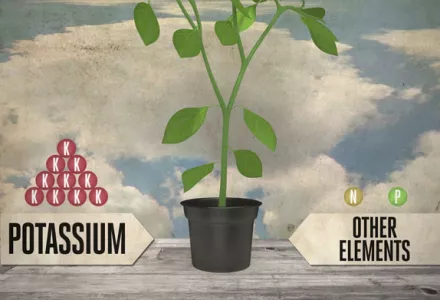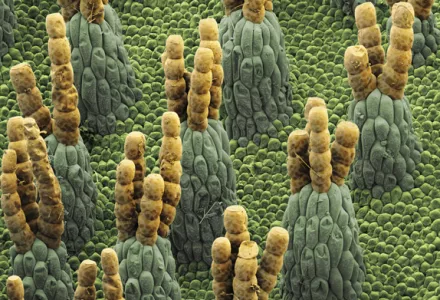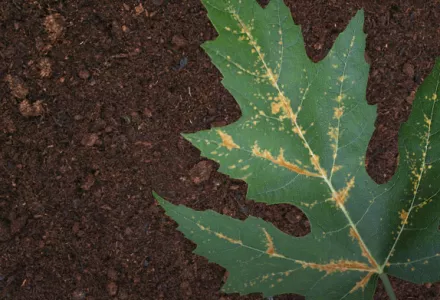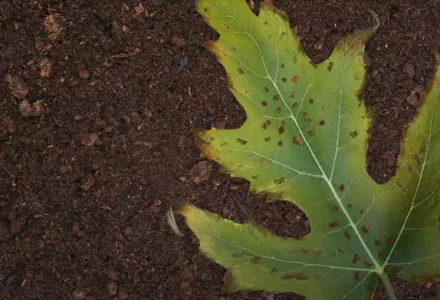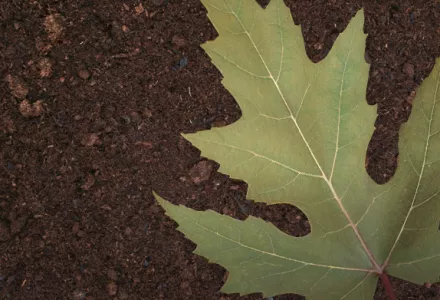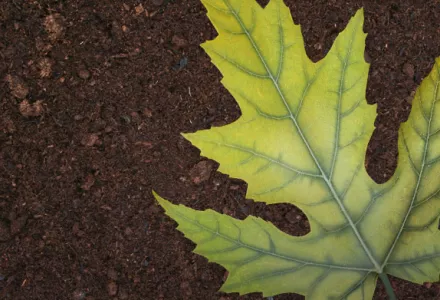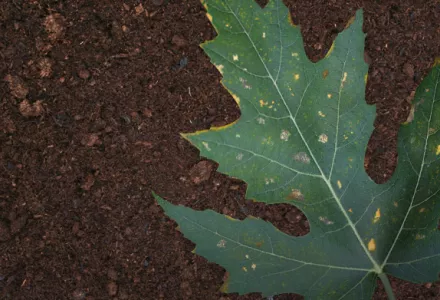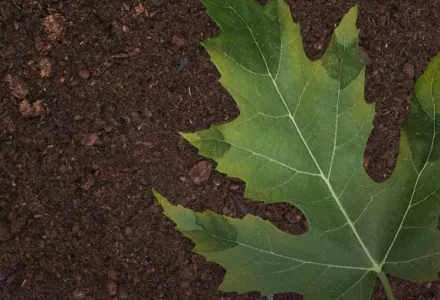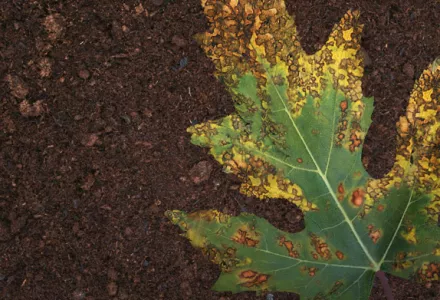Sulphur is one of the molecular building blocks for a number of proteins, hormones and vitamins, such as vitamin B1. It appears in many important plant tissues, such as in seeds and in cellular moisture. In the form of sulphate, sulphur fulfils an important role in the water equilibrium in the plant, as well as in the soil.
For hydroponic gardening (read: Hydroponics in short), all the nutrients a plant needs are given while watering. As a result of this, fertilisers designed for hydro culture contain high concentrations of lime and sulphur. In order to prevent calcium and sulphur from reacting with each other so that poorly dissolvable gypsum is formed, the two materials are kept separate by manufacturers by means of “A” and “B” packaging.
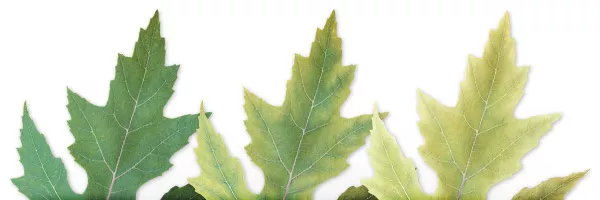
About sulphur in short
- What is it and what does it do?
- Is one of the molecular building blocks for a number of proteins, hormones and vitamins.
- Fulfils an important role in the water equilibrium both in the plant and in the soil.
- What do you see?
- Decolouration of the leaves
- Strong purple colouration in the leaf stems
- What can you do?
- Lower pH (read: pH acidity)
- Add sulphur
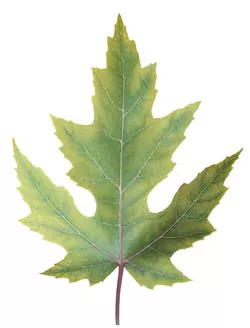
Symptoms of a sulphur deficiency
It would be expected that the earliest symptoms would first appear as a light green colouring in the young leaves. However, in practice, we’ve repeatedly noticed that the symptoms were the most obvious in the older leaves.
Development of a sulphur deficiency
- Light green coloration in one or more large/older leaves.
- Strong purple coloration in the leaf stems (due to the production of anthocyan pigment).
- More leaves change colour, and the light green colour changes in places to deep yellow.
- When the shortage is extreme, the plant has lots of deep yellow leaves with purple stalks and leaf stems. Additionally, growth and flowering are inhibited.
Reasons for a sulphur deficiency
With outdoor cultivation, a shortage of sulphur rarely occurs. In potting soil, a sulphur deficiency can occur when the pH is too high, or too much calcium is present. (also read: pH acidity: what it does to your plants).
When the shortage is extreme, the plant has lots of deep yellow leaves with purple stalks and leaf stems. Additionally, growth and flowering are inhibited.
Solutions for a sulphur deficiency
- It is easier for the plant to take up sulphate at a lower pH level. Check the pH of the medium, and lower it if necessary with sulphur, saltpetre, phosphor or citric acid (related product: CANNA Aqua Flores).
- When there is a deficiency, the best thing to do is add sulphur in an inorganic form with a fertilizer containing magnesium, Epsom salts for hydro, and kieserite in soil.
- If organic fertilising is preferred, composted mushroom fertilisers, and fertilisers from animal sources can be used. Sulphur is only absorbed by the plant in the form of sulphate, which appears in the soil during decomposition of organic sulphur compounds. This process takes time. Therefore preventative work is advised, along with a well composted fertiliser.

